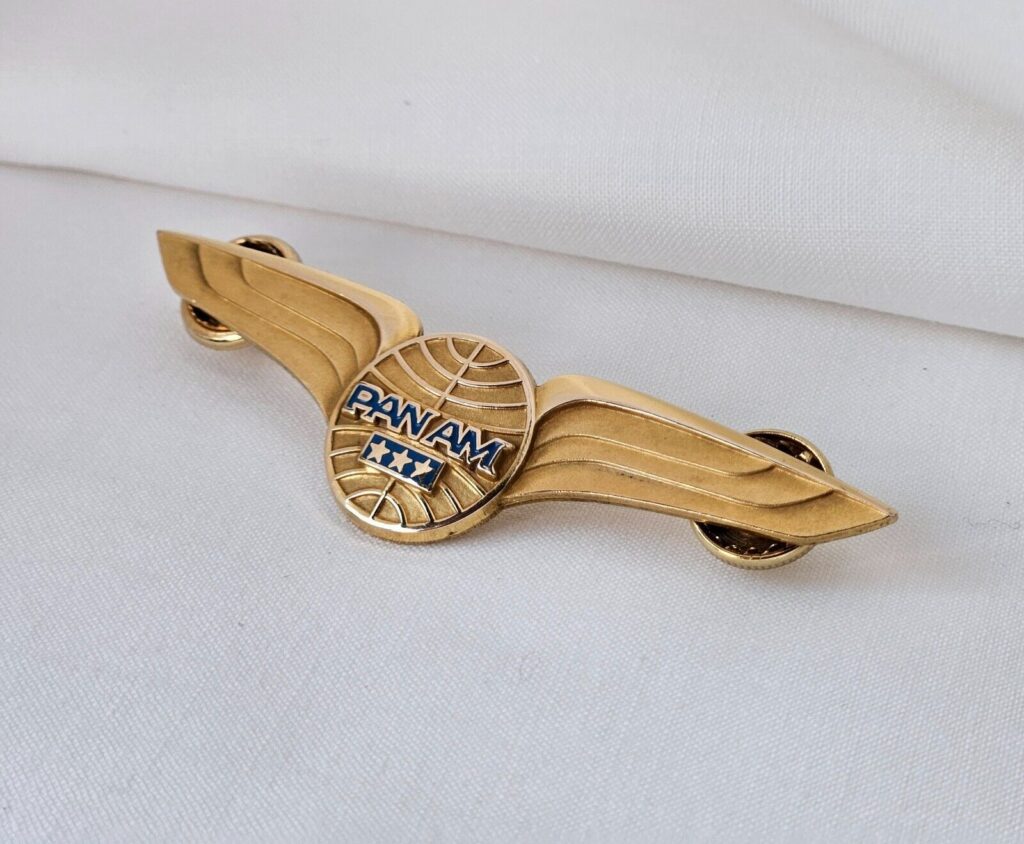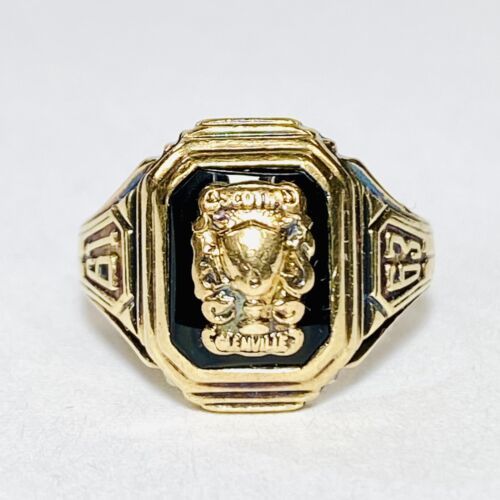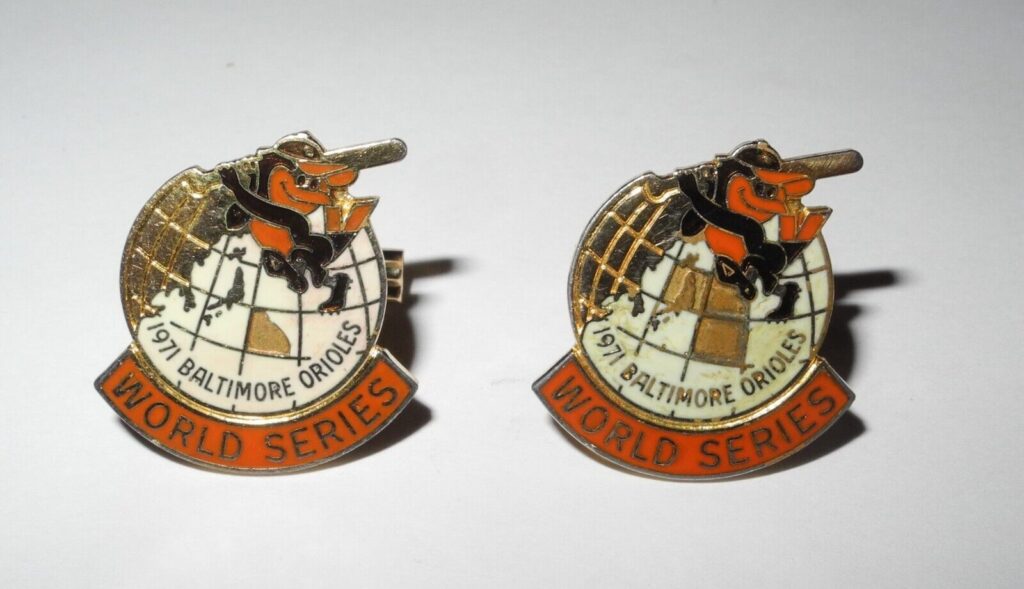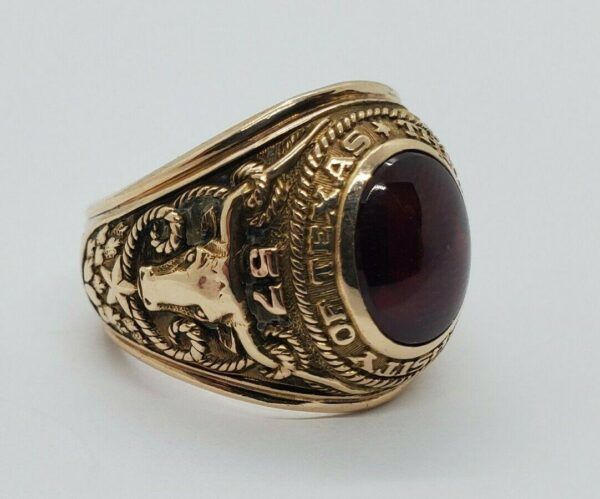#Balfour #Jewelry #Buy #Leave #WorthPoint
If the name Balfour sounds familiar, it’s probably because a class ring made by this well-known company has crossed your path at some point. I still have my high school class ring and remember how exciting it was when the Balfour rep visited our campus to take those orders. It’s one of those things I’ll hold onto forever. This is not surprising since Balfour is in the business of making adornments to celebrate some of life’s most significant milestones and memories.
That’s not the whole story of Balfour, however. With a long history beginning in 1913, the company has created many different items to commemorate special occasions and recognize achievements. It has expanded over time to also include items related to the military and corporate promotion.
If you’re a frequent estate sale shopper or do your share of thrifting, you might wonder if items made by Balfour are worth picking up. Many are, in fact, so let’s go through some of the jewelry categories made by this company to see what’s the most valuable in each one.
Sorority and Fraternity Pins
Balfour got its start creating sorority and fraternity pins. The business supplied universities all around the United States with this type of jewelry beginning in 1913.
There’s some controversy surrounding the buying and selling of these little tokens of loyalty since most existing Greek organizations request the return of pledge pins when a member resigns or dies and is not buried with the pin. When members and families don’t follow protocol, they very often end up in the secondary marketplace, with some collectors garnering hundreds of examples.
Prices range from $10–25 for gold-plated examples to several hundred for those made with precious metals and gemstones or pearls.
Military Pins
Military pins were a prime focus for Balfour during the World War II era. The company made many different types of insignia and pins worn on United States Army and Navy military uniforms. These items range from officer hat badges to collar pins. Pins were also made to signify rank or position, such as those worn by a quartermaster officer or a fighter pilot.
Some of these early military pins were made of gold, but more often, sterling silver was used in their manufacture since it was more readily available during the war years. Values range from $10–20 or so for small generic military pins to $100 or so for sterling pilot’s wings and around $200 for gold ones.
Service Pins and Commemorative Memorabilia
Searching the WorthPoint Price Guide, you can find a wide array of service pins made by Balfour. Some of the most expensive are airline-related examples, which can sell for hundreds. Vintage wings issued to pilots and flight attendants, especially from Pan Am Airlines, are also very collectible. Many other service pins sell in the hundreds when associated with familiar companies like Gulf, General Motors, and Lionel Trains. However, pins related to lesser-known businesses can be worth less than $10 each, especially ones not made of gold.
Commemorative jewelry items with the highest values are sports-related. Jewelry pieces with baseball themes range from World Series press pins and tie tacks to the New York Mets items commemorating the opening of Shea Stadium. These types of pins sell for several hundred each. Balfour made other items like tie clasps and cufflinks in the 1960s related to football championships that can easily sell in the hundreds, too.

Class Rings
Decades ago, class rings were unmistakably chunky in their styling, and almost everyone purchased them during their senior year of high school or college. They were often made of gold, with 10-karat gold being a common choice since it is more durable than 14-karat gold.
In 1971, when the gold standard was abandoned in the United States, this precious metal’s price leaped dramatically. Balfour kept the cost of class rings more affordable by developing silver and palladium-based alloys called Quasar Plus and Palladium Plus. Rings made of these materials were tough enough for daily wear while retaining a shiny finish.
In general, Balfour’s college class rings are more valuable than high school rings. Men’s versions are typically larger and heavier than women’s, which also impacts the value. Examples from elite schools like West Point Military Academy can bring thousands when offered for sale. Vintage versions of Michigan Institute of Technology’s (MIT) “Brass Rat” rings and those from other well-known universities dating to the 1950s and ’60s can also sell for more than a thousand. High school class rings made of gold can bring hundreds, while those crafted of sterling silver sell for as little as $10 and top out in the $100 range.

Championship Rings
Balfour has taken on the tagline “Choice of Champions,” as noted on its website, since it has produced Super Bowl, World Series, and Stanley Cup rings for teams like the Dallas Cowboys, New York Yankees, and New York Rangers. To be honest, though, you probably won’t run across a genuine major league sports championship ring in a thrift store. These only come up for sale at auction occasionally and usually sell for thousands and sometimes tens of thousands.
Balfour has also produced many championship rings for American colleges and high schools. These are more likely what you’ll find at an estate sale. Some national champion rings related to big-name universities can sell in the thousands, especially vintage ones. Most sell for far less, though, and high school championship rings that aren’t made of gold bring even less selling in the $25–50 range.

Balfour also produces other school-related items like yearbooks, but that’s a collectible topic for another day. For now, at least, you’ll have a better idea of what to pick up and what to leave behind when you run across Balfour jewelry out in the wild.
Pamela Siegel is a freelance writer and author who has been educating collectors for over two decades. In addition to three books on topics relating to antiques and collectibles, she frequently shares her expertise through online writing and articles for print-based publications. Pamela is also the co-founder of Costume Jewelry Collectors Int’l (CJCI) and the proprietor of Chic Antiques by Pamela.
WorthPoint—Discover. Value. Preserve.




